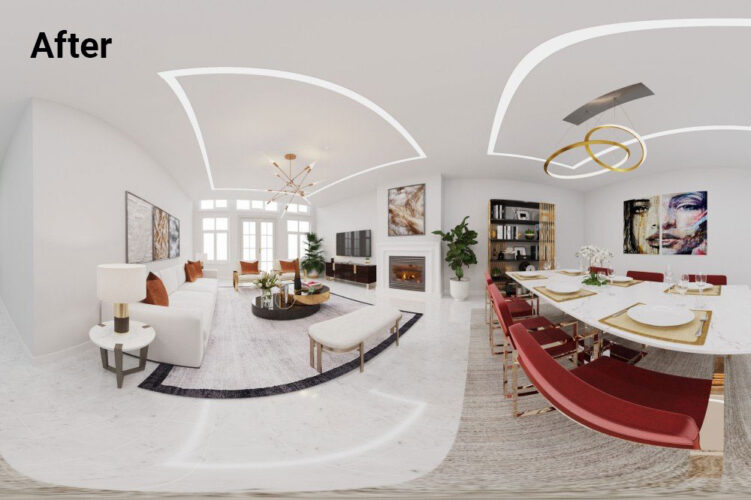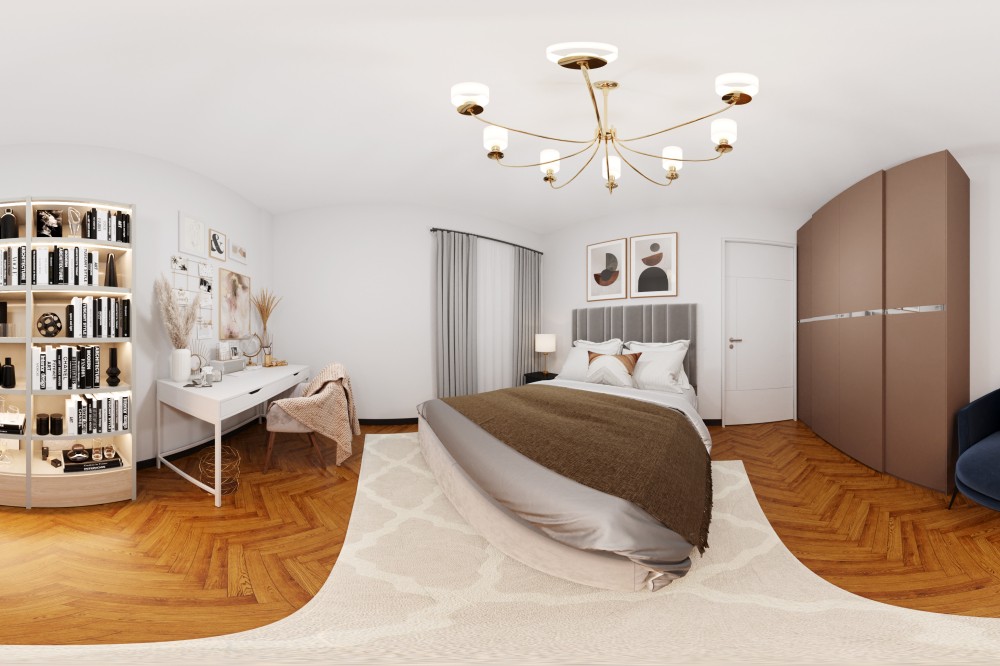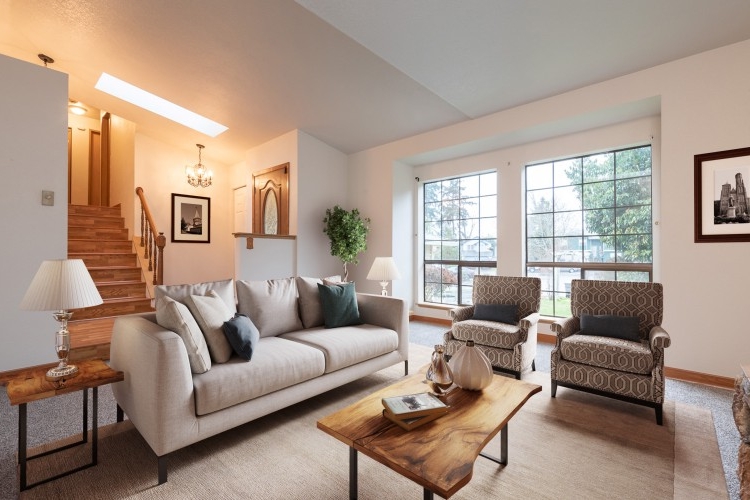[Updated] Best Tips for shooting interior design photography
Interior design photography is a large market that is distinctly different from aspects of interior photography. Interior photography is simply showing an image of an interior whereas interior design photography shows the artistic intention of a space.
Popular home magazines, television networks, and social media have popularized intricately beautiful interior design photography that is easily accessible to the consumer. The focus of interior design photography is to highlight the complementary aspects of furniture, walls, small trinkets, etc, around a home. Interior design photography not only helps sell a space but shows the artistic nature of the interior designer and the photographer.
Interior Design Photography Tips
Work with the Designer
When working with others, the pressure to succeed and capture perfect images falls with a greater weight on the photographer’s shoulders. A photographer is always aiming to impress the client but when the client is working with you it adds additional pressure. This pressure can easily be turned into a tool that can make your images more of a success.
One way a photographer can help themselves in this process is to research an interior designer’s history of previous designs and shoots. This gives a glimpse into the style of a designer which gives a photographer the chance to create an intention for the shoot.
| Questions to Keep in Mind: |
|
The interior designer on set gives a direct point of contact for the photographer to understand the approach to the shoot. The perspective of the photographer in combination with the interior designer’s perspective will only elevate the images. Path and intention to a photoshoot aid to portray the design in the way the interior designer wanted their design to be seen.
Find the Light
Interior designers work with lighting to best benefit their art. If their design is a work of art, the light is the feature that highlights the principal parts of the artwork. This is beneficial to the photographer because it makes finding the light and the important features of the space much easier.
Natural lighting is a huge asset in marketing because it shows what a space will look like in daily life and it helps create a comfortable and aesthetic idea of the room. It is always important for a photographer to experiment with lighting but when shooting the interior, it is important to know the time of day where a room will look its best. Natural lighting elevates positive feelings and emotions toward a space.
Sometimes, homes are not designed with large amounts of natural light. Though an interior designer may attempt to fill a dark room with as much light as possible, sometimes it is not enough. The moment that a space feels impossible to use natural lighting, all other lighting sources in the house should be turned on to get as much light in the image as possible. This helps to achieve a natural lighting ambiance that can be easily adjusted within the editing process. This creates a much more achievable beauty in the natural style without the hassle or artificial nature of professional lighting kits.
Combine the Creativity
Every aspect of the design of a room is a source of inspiration for the photographer. From the glass panes in the window to the smallest thread of texture on the carpet, there was an intention behind the design that must be shown. Combining the creativity of the designer with the creativity of the photographer can help an image function in the best way possible.
Here are some influences that can aid in the creative process:
-
Architecture:
The architectural design of the home is often a blank canvas that aids the interior designer in best designing a space. Architecture has a direct impact on the layout of a space so how you angle your images should enhance this layout, thus enhancing the design.
-
Color:
Splashes and pops of color are an incredible way to create a focal point in images. When utilizing color, the photographer should focus on how to best feature the color whilst showcasing the entirety of the room.
-
Special Features:
Small trinkets and details are used to create an aesthetically pleasing and cozy feeling to a space. These features can be used to tell small stories in the grand scheme of a design.
Details, Details, Details
Think of every home design magazine you have ever read, these magazines all have one thing in common: the use of details. Details are uniquely individual items within a space that add distinct character. Even glancing at general interior design stock photography, details are at the forefront of every shot. These details also point to a centralized theme within a room.
Spaces created with intentional interior design are a cumulation of all sorts of ideas that are put into the layout of the room. Details provide a finished look to a space and make an interior feel and look incredible. Every aspect of a large design is composed of smaller details that create a bolder look.
Details are anything from staircases, metallics, bold color furniture, a throw rug, etc. It is the way that the details are shot that best benefits an image. Photographing a staircase from an angle that highlights the movement of the arches in the stairs as it moves into the artwork within the home, the image has much better flow and imagery.
Interior Design Pricing Rates
Interior design photography pricing works similar to any other business: those with the best quality and experience will have a higher price tag. Pricing should always depend on how fast the company/photographer can deliver, the level of quality and the competition against them. This is why the reputation of a photographer, especially an interior design photographer, is so important because you are constantly being compared to other professionals in your industry.




